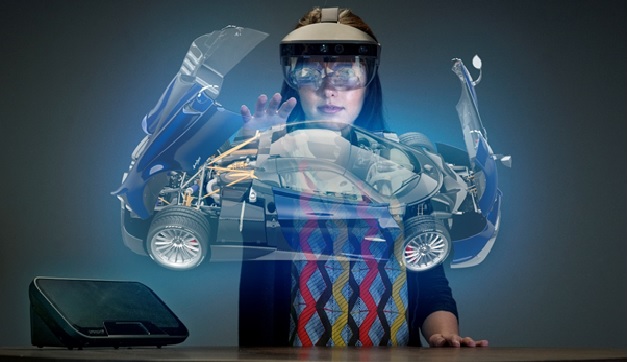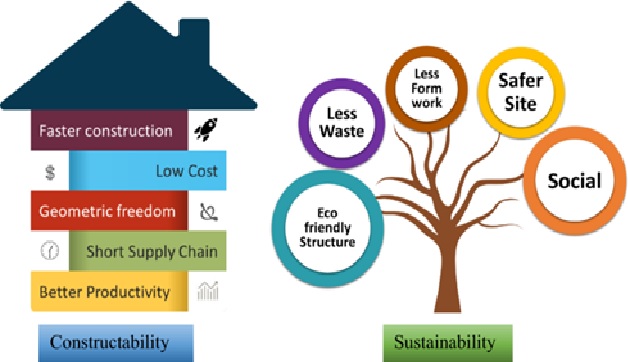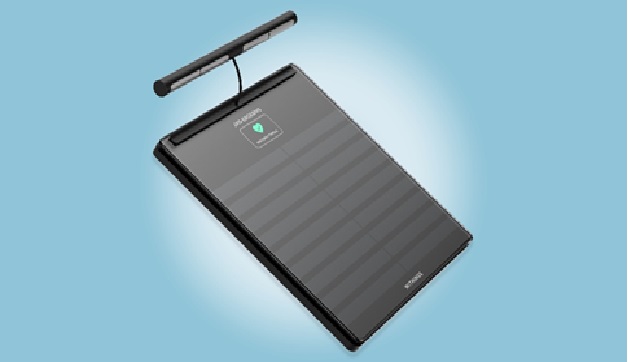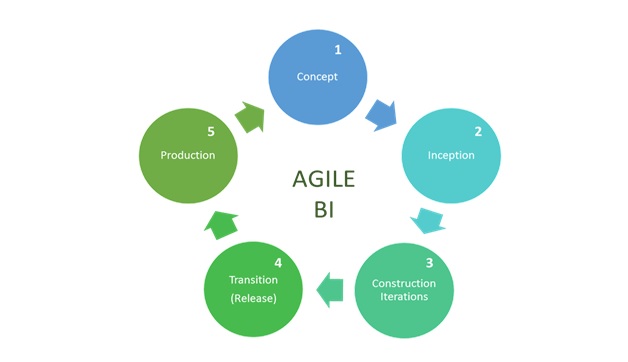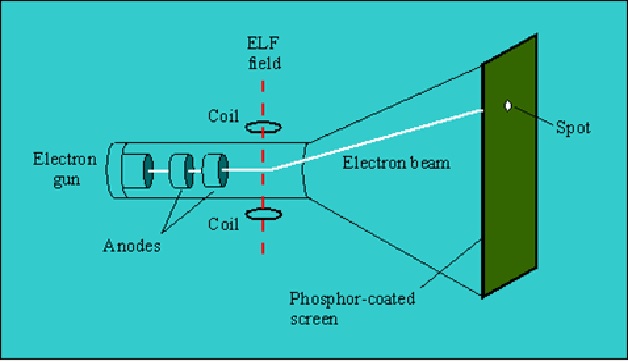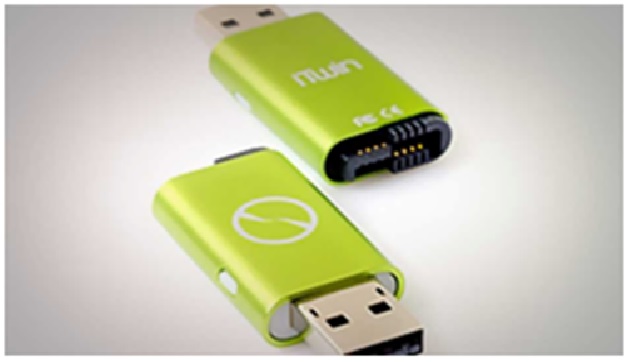Electric Locomotives (Electric Trains) Work
An “Electric Locomotive” is a railway vehicle that can move along rails and push or pull a train attached to it using electric power drawn from an external source, usually from overhead cables or a third rail.
Electric Locomotives do not have a conventional “engine” in them as we have seen in a diesel locomotive, but use the electricity collected from the outside source to power traction motors which turn the wheels. [1]

Figure 1. Electric Locomotives (Electric Trains) Work
Figure 1 shows Despite the long distances involved in the US rail freight network, the study also notes that freight trains only average 150 miles a day. That is another factor opening up the potential for replacing diesel with batteries.
“A battery-powered freight train would use half the energy required by a diesel-electric train, and taking into account falling battery prices and environmental costs of diesel, battery-electric trains are on track to be more cost-competitive than diesel-electric trains,” the lab explains. [3]
Metropolitan revolutions
The monorail has been an option studied as early as the 19th century, and envisaged during the 20th century as the futuristic vision of the urban transport system. However, they have been used primarily as a tourist attraction. Monorails for urban mass transport today operate mainly in Japan and China, but currently there are several projects underway in cities such as Cairo, Bangkok and Bahia. The São Paulo monorail, planned to be the second longest and highest capacity monorail in the world after Chongqing (China), and currently carrying 500,000 passengers a day, is partially operational, but has suffered chronic delays that have pushed the project’s completion date to 2024. 54 seven-carriage trains (model INNOVIA 300 from the manufacturer Bombardier) will travel the 27 kilometres of Metro Line 15 in fifty minutes. The trains will be fully automated, without a human driver. Monorail passengers using the new line from one end to the other will save one hour and ten minutes compared to the time it would take them to travel the same distance by car (two hours). [2]
Fourth-quarter net profit slipped 35% as lower operating expenses weren’t enough to offset a decline in sales and gross profit.
Net sales were $2 billion in the fourth quarter of 2020, compared with $2.37 billion in the prior year amid lower sales in Wabtec’s freight equipment, components, digital electronics and transit aftermarket segments. Gross profit was $505.5 million, compared with $674.9 million in the fourth quarter of 2019.
Operating expenses were $344.4 million in the fourth quarter of 2020, compared with $448.8 million year-over-year. [4]
References:
- https://studyelectrical.com/2014/05/how-electric-locomotives-work.html
- https://www.bbvaopenmind.com/en/technology/future/trains-the-future-on-rails/
- https://cleantechnica.com/2021/11/29/battery-electric-freight-trains-could-happen-sooner-than-you-think/
- https://www.freightwaves.com/news/wabtec-sees-a-future-producing-battery-electric-locomotives
Cite this article:
Thanusri swetha J (2021) Electric Locomotives (Electric Trains) Work, AnaTechMaz, pp. 37


